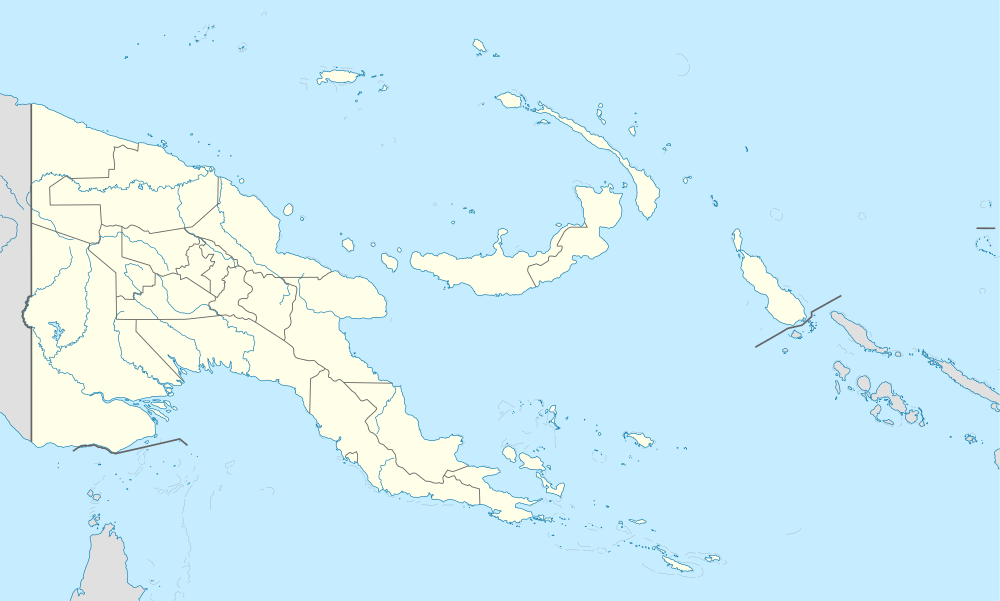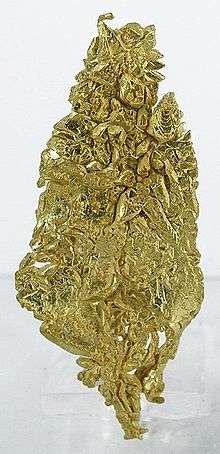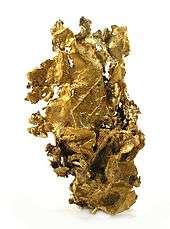Lagaip-Porgera District
Lagaip-Porgera District (also spelled local as Lagaip-Pogera District) is a district of the Enga Province of Papua New Guinea. Its principal towns are Laiagam and Porgera.
Lagaip-Porgera District Lagaip-Pogera District | |
|---|---|
 Location of Enga Province | |
 Lagaip-Porgera District Location within Papua New Guinea | |
| Coordinates: 5°27′48″S 143°08′42″E | |
| Country | Papua New Guinea |
| Province | Enga Province |
| Capital | Lagaip-Porgera |
| Area | |
| • Total | 4,608 km2 (1,779 sq mi) |
| Population (2011 census) | |
| • Total | 158,873 |
| • Density | 34/km2 (89/sq mi) |
| Time zone | UTC+10 (AEST) |
Administrative subdivisions
The district is divided into four Local Governments:
Demographics
The population of the district was 158,873 at the 2011 census.[1]
Climate
The average tempiture is 44.6°F . The warmest month is December, at 50°F, and the coolest month is February, at 35.6°F.[2] The average rainfall 124.96 inches per year.[3]
| ||||||||||||||||||||||||||||||||||||||||||||||||||||||||||||||||||||||||||||||||||||||||||||||||||||||||||||||||||||||||||||
Gallery

Gold specimen from Porgera Rural LLG collected in the 1980s.

Gold specimen from the Pogera gold mine.
gollark: It's the bit which provides all their weird proprietary APIs.
gollark: Google Play *Services*, not the store.
gollark: OnePlus seems to have been steadily raising their prices, in accordance with the general phone market.
gollark: I don't know what you mean by "smooth" and I don't see how excessive vertical integration helps.
gollark: Mine's okay now I've turned the animations off.
References
- Districts of Papua New Guinea at statoids.com
- "Browse datasets | NASA Earth Observations (NEO)". Browse datasets | NASA Earth Observations (NEO). 2020-06-11. Retrieved 2020-06-11.
- "Rainfall (1 month - TRMM, 1998-2016) | NASA". Rainfall (1 month - TRMM, 1998-2016) | NASA. 2020-06-11. Retrieved 2020-06-11.
This article is issued from Wikipedia. The text is licensed under Creative Commons - Attribution - Sharealike. Additional terms may apply for the media files.